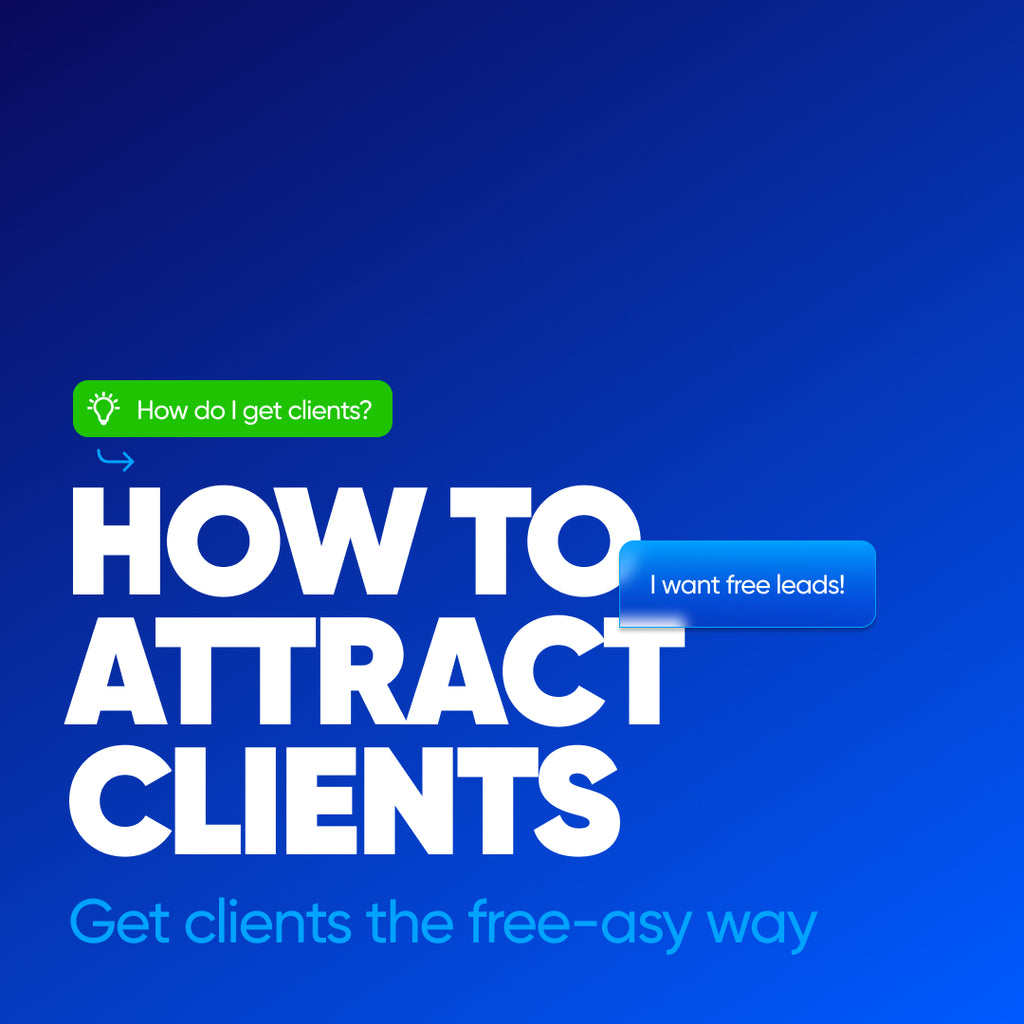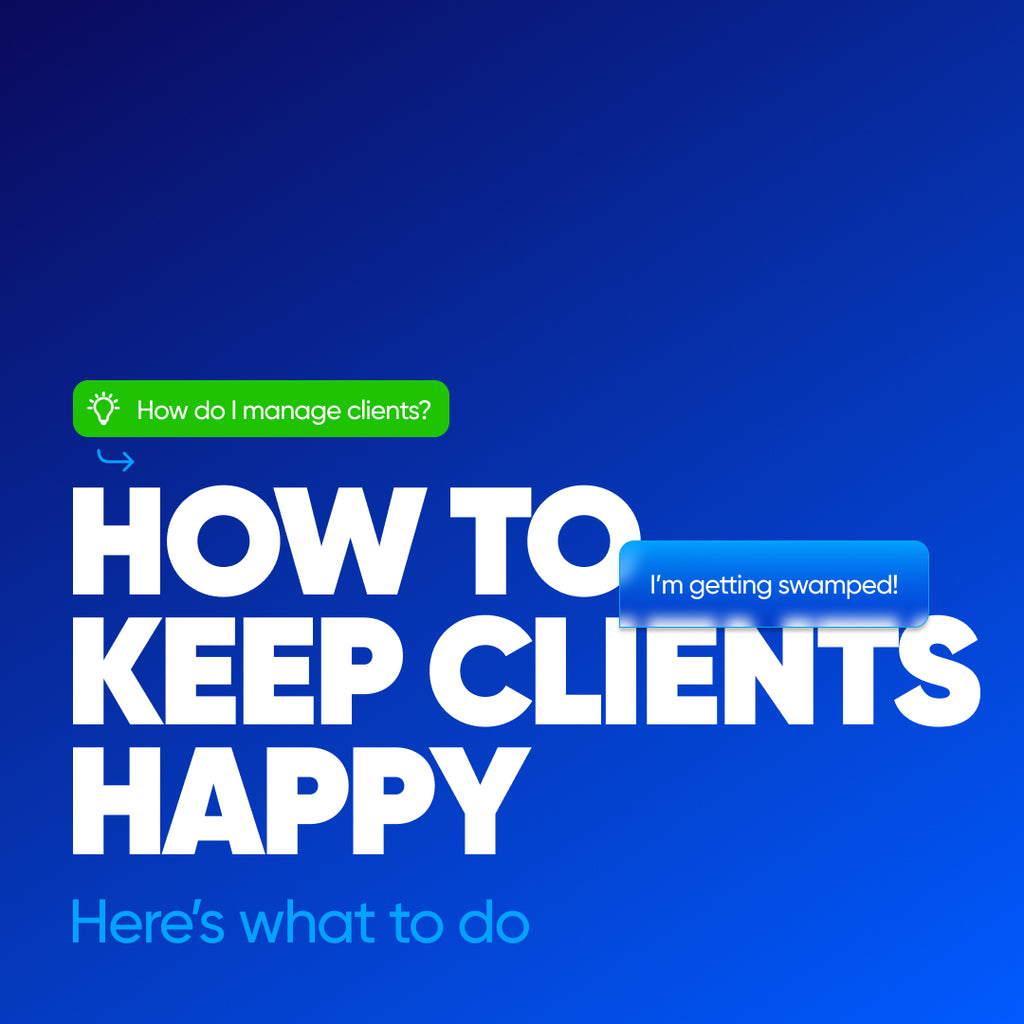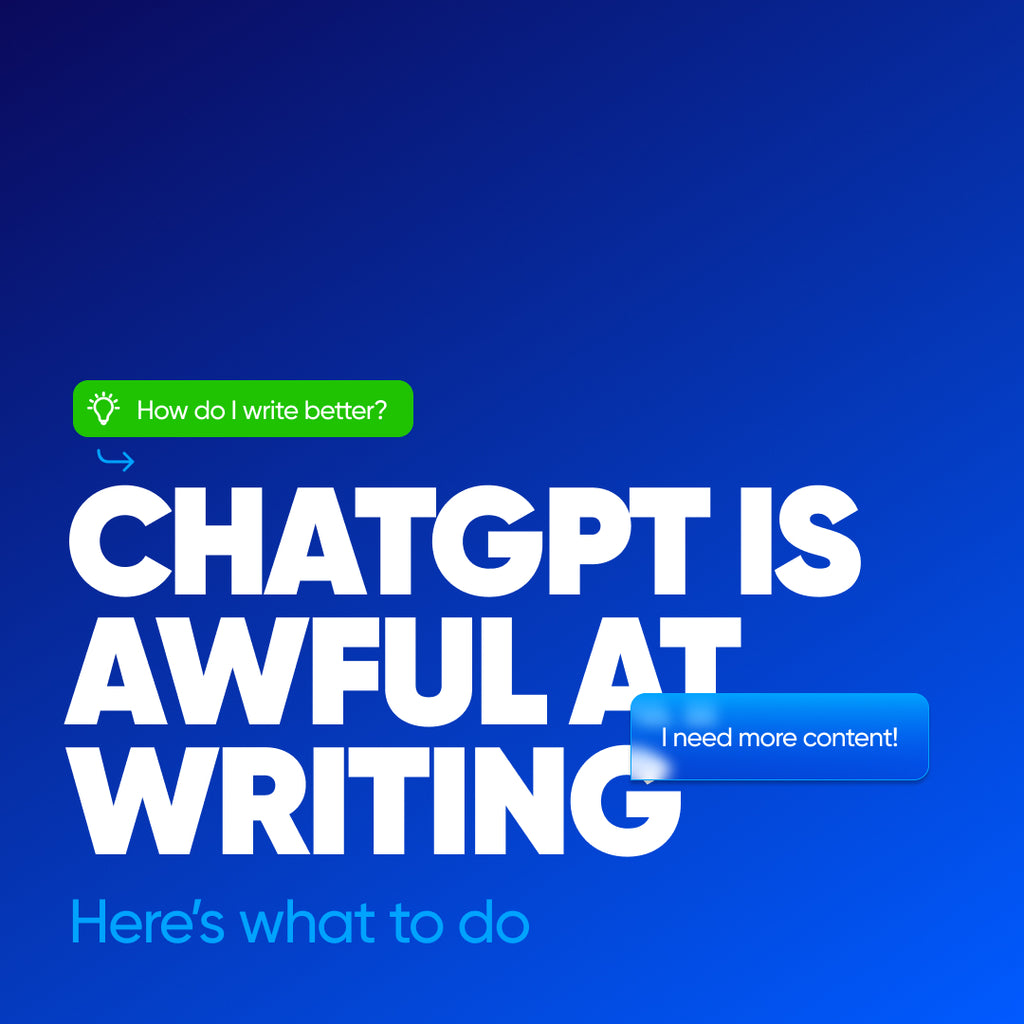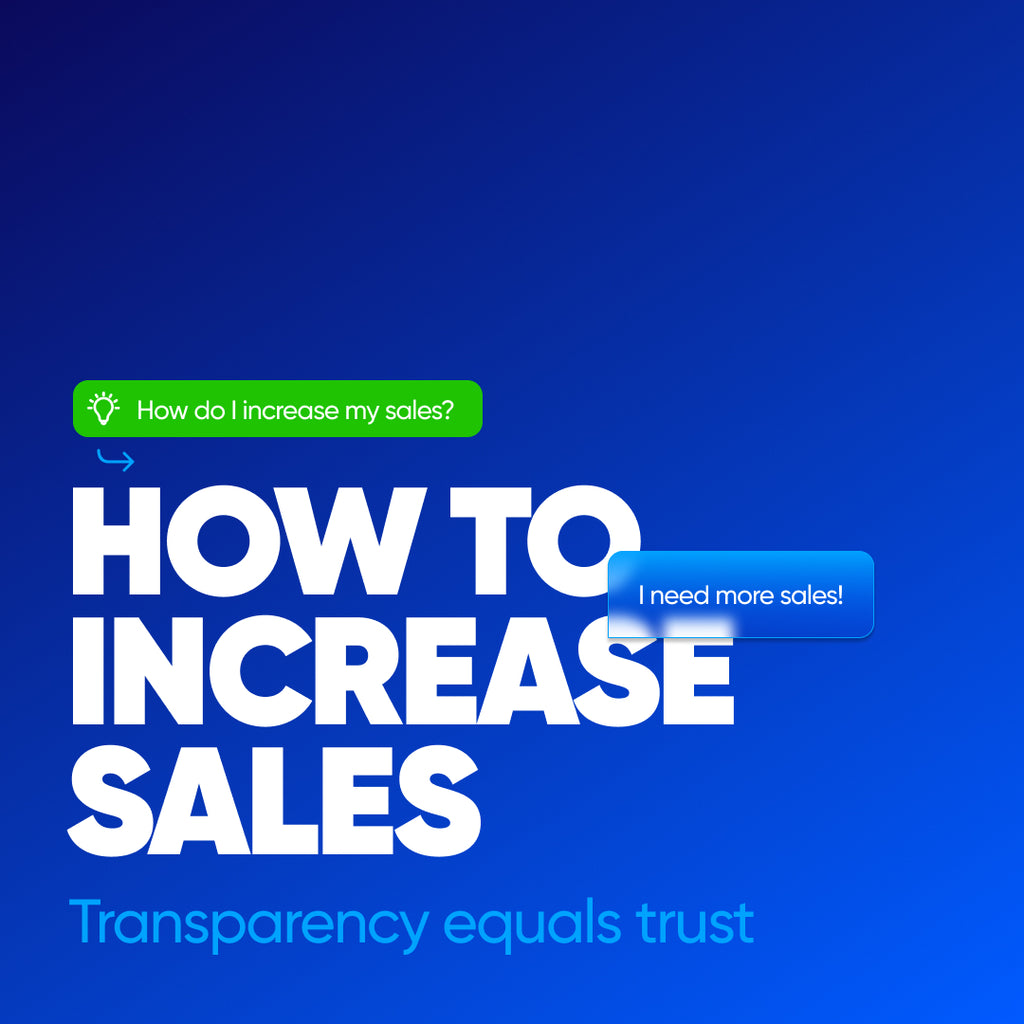There is not a simple, one sentence answer so bear with me while I give you the long story, that’s what you’re here for right? My goal is to help layout your plan for longevity hopefully. To figure out how to start you need to start at the end, then slowly reverse engineer your goal. Your goals are different than mine, and I believe it was Shakespeare who mentioned: “To be, or not to be: that is the question: Whether ’tis nobler in the mind to suffer the slings and arrows of outrageous fortune, or to take arms against a sea of troubles…” I don’t want to define your goals for you; I want to explain how I went about finding mine. I believe that much of my success is achieved by simply using basic common sense.
What’s your goal? I hope you’ll comment below. Mine was to work in the Art & Design field, and to narrow that down even further my dream was to work as an animator for Pixar. Years later I built the Toy Story 3 website, close enough I suppose, but as I write this I’ll keep trying for that goal. Once I achieve that goal, I’m sure that goal will evolve, like they always do, into a further refinement or revision. We should all strive to keep growing, firmly rooted in the foundation we build ourselves through our careers. Once I had defined my goal I began to put in the work to get there, I’m still on the way and will keep learning, refining and revising. Goals, and the journey to get there is ever evolving, when you get that big break, or make a big sale, or even your first sale things start changing. Going back more than 15 years now I was at the top Art & Design school, struggling. I was in Sheridan College learning Illustration I was marked down every time I used the computer, now they teach computers in the first semester.
My experience with sustainable growth began very early; my first job was for FOX Sports when I was 16. That job was a funny story, I was working at my Father’s electrical business, Carson Electric, and I got a call on my cell. On the other end was FOX Sports, bizarrely enough they found my work (at that point of my life it was just geeky tinkering) included on a CD for software. The company didn’t ask for, or tell me about the included “Gallery Sample,” but as I was super excited. That was the time when I knew I wanted to get into art and design and I committed fully. When FOX called they had no idea of my age, I didn’t even know how to bill them, the questions to ask, how to also communicate in a professional environment. I soon learned through experience those gems of wisdom I needed to excel, and although I’ve made plenty of mistakes, and continue to do so, I try to learn as much as possible each time I make a mistake. This refinement is what you need to build yourself a long-term career, just as I have done.
Sheridan College was extremely hard; I would wake up at extre6am most days, drive the hour and a half each way in traffic, learn, come home and work until 2 or 3 am and repeat again and again. For three years. It was an endless onslaught of work, but by the third year, I was more than ready to get out into the market. My work quality was quite good, for a student, and many of the easy ways into my chosen industry I exploited where many of my fellow students ignored. For example, on one side of the studio, there was a board that was collecting dust. This board had contact information and a short brief of Art & Design tasks from local businesses, faculty, and alumni. I abused this board, taking virtually every task on top of my school workload. If I did a job that wasn’t up to the client’s level of expectations I gave them a full refund, if I did a great job I’d often get more work, bonuses, and referrals. While many others worked at bars and restaurants to make a couple of hundred bucks a week I did the job that I was trained for, and trained well.
My teachers at Sheridan College were mostly excellent, some I didn’t like but truly respected for pushing me right over the breaking point and forcing me to do better. I was never a gifted, or talented student, my work quality during school was fairly average in the beginning, but I always worked hard. Another source of income I found during school was when the school finally allowed us to use computers and students needed full-color printing, so I checked the in school print shop’s pricing and cut them in half, everyone printed with me, each morning I’d deliver high-quality prints to each of the students I sold to. By the third year I was a great student and I was already a professional Graphic Designer and had knowledge in the Printing industry. While most were trying to figure out Photoshop commands I was talking to printers, learning about bleeds, trims, Pantones, stock, weights, reams, varnishes and the plethora of other terms. My glossary was expanding exponentially.
If you have to work hard, work hard in the same trajectory as your goal.
From there the journey took me to a couple of small design shops, then into agencies and it’s been over 20 years of this, and there’s one thing I can say for sure is that I’ve learned a lot and hope I can pass it on.
I’ve had the great fortune (and sometimes what feels like luck) to have loved each job, at each small design shop and agency throughout the years; there’s nothing that I can say negatively about my career, it’s been fun, I like doing this. The only un-fun, non-fun, fun-less? I’m not sure how to say it. That part is that I often get too busy to satisfy every client request. I really want to help in every way and not screw up, but I’m human, and you are also (unless you’re an SEO bot, then do yo thang). It’s difficult to give everyone exactly what they’re after, but if your goal is to try to do that with every product or service you provide, then you’re well on your way to a long and sustainable career.
Working with others in the agency environment taught me a ton about how to get along with other people professionally. Whether you are introverted or extroverted, you can excel, especially in this generation. Success is not a function of whether you can get along with people in an office environment anymore, in my parent’s generation you had to, every shade of every collar of every job had you working with others. Introverts have an advantage as we can sit quietly alone and be insanely productive, extroverts have equal strength of being able to present their ideas openly and with confidence even if they are not yet fully aware of the goal.
If you want to succeed long-term, your goal needs to be to try to get as close as possible to the exact thing your client wants.
To put a little more explanation (and slightly contradictory) to this is that I rarely take on jobs with very tight deadlines, such as “I need it tomorrow.” The problem with accepting tight timelines and promising them is that they’re tough to hit and your client is often expecting the same level of work as when you take your time and produce your best work. In the Art & Design field, it’s tough to rush through a project; you have to have a laser focus and have all of your ducks in a row before you begin. If you can get your clients on the same page as you and deliver what you need it can work out fine, if not you’re going to be one step behind when you should be thinking four steps ahead.
There is a second side to this story, and that’s preparedness if you can get everything you possibly need lined up before and give your clients a deliverables guide you can do it. Think of it as an Amazon warehouse, Prime members furiously buying products and expecting same day or next shipping of precisely what they ordered. It is an incredible feat of engineering when you think of it but if you can refine each step of your process you can deliver without an issue.
Always be prepared, be clear and give your client a list of exactly what you’re offering, and you’re one step closer to that exact thing.
Any job requires the vast majority of your day so if any part of you isn’t fully committed and inspired by the very thing you are trying to do, then stop and refocus. Think sustainably about who you are and what you want to add to the world; it will honestly allow you to spend time with the thing you genuinely like to do.
“If you work 8 hours a day, every day, on your career you will be successful.” – My Grandfather
I received a great piece of advice when I was starting. My Grandfather said, “If you work 8 hours a day, every day, on your career you will be successful.” This idea took a while to sink in, but when I took it at face value and did what he told me to do I did very well, it’s a piece of advice I hold on too tightly to this day. If you look at current C.E.O.’s work logs, they work on average 9 hours per day Monday to Friday, at least 3-4 hours per day on the Weekends and up to 3 hours per day when they’re on Vacation. Take that to heart; just keep working in the direction of your goal. I’m not being paid to write this, but it’s immensely helping me understand my process and the steps I take every day.
A few months ago a potential client contacted me and requested help with retargeting ads and social marketing. I, of course, obliged as that’s one aspect of what I do for a living, so we discussed their product for a while. The client didn’t like the business, didn’t like their product and was burning through thousands of dollars a month on Facebook Ads to sell the very thing they didn’t like, but were doing it just for the money. It was a completely unsustainable campaign based on one product with only one potential niche market that was over-saturated and dwindling. It would be a matter of months before the entire thing flipped over and that person would be back in the wild trying to find the next thing to trick people into buying.
Not wasting time is the current area I’m focusing on, being efficient with everything I do to keep the momentum going. As one great designer and inspiration to me, Paula Scher said: “you need to be in a state of play to do great design.” I break up my day, and this changes for everyone, but I start with e-mails and prioritize my clients first, then requests for quotes.
Don’t sell crap that you wouldn’t buy. That Dropship item from Aliexpress that you would never buy yourself but are trying to get someone else to is a terrible idea. It wastes your time and your client’s time.
When I launched my consumer goods brand, Dawg Grillz I did it because of my dog. He’s a Labrador, and I didn’t like the toys that were out there. The rules surrounding making pet products is virtually wide open, there is no agency out there to prevent someone from poisoning a dog with a product, so we are forced to trust the manufacturers implicitly. I wasn’t super comfortable with this reality, to be honest, it only costs an extra $0.35/product to source clean materials and test it. Some unscrupulous manufacturers don’t care about the end user, so they see that $0.35 as an unnecessary expense, and proceed forward.
It’s a significant period that we’re going through where designers and manufacturers are starting to build things they would want for themselves, and it’s become a revolution.
Build things that people enjoy using and provide services that people will genuinely enjoy experiencing.
Revisions are critical to a great brand; many potential customers ask “how long does it take to build a website?” The answer for most is fairly ominous, “it’s never done,” just like your business you should never be finished working on it, improving on it, listening to your customer’s feedback and take advice with humility. Customers don’t like people who are hard to work with, they want you to be a natural part of their day, and they want your product to improve some aspect of their lives.
When you enjoy what you do, build a great product, provide an excellent service, listen and apply customer feedback you’re going to do great.
Once you’ve “completed” your first round, it’s time to start thinking of version 2.0, or even 1.0001. No matter the case you should always be moving forward, even “failing forward” as Elon Musk says. To give this some context, Dawg Grillz Ballz product 1.0 was a cool toy, I was proud of it, and I sourced all natural rubber. I sold out of the product and took every piece of criticism, complaint and comment. Dawg Grillz 1.0 was too heavy, not durable enough, didn’t float, didn’t squeak, didn’t smell that great either, all according to my customers. I noticed these issues as well and was already designing version 2.0, yes, 2.0. Version 1.0 needed more than a 1.1 and I had to admit that. I didn’t give in to my ego if a friend, family member or customer said something negative, I just learned. My goal was to give my customers what they wanted and although they liked the product I didn’t think my first attempt was good enough.
If you leave your ego out of it or ignore it as best you can; you can move on from small setbacks and focus on continually improving. If you have to fail, fail with forward momentum, so your next version thrives.
Continuing to Dawg Grillz version 2.0 I checked all of the boxes for my customers, the Ballz floated, they were more durable, they squeaked, and one of the best features was that they smelled like Peanut Butter. I killed my ego and let my customer’s feedback drive innovation.
To wrap things up as this is getting long, here are a few tips:
1. “Only work in the direction of your goal.”
2. “Always try to deliver as close as possible to what your client’s want.”
3. “If you work 8 hours a day, every day, on your career you will be successful.”
4. “Don’t sell crap, or provide poor service that you wouldn’t use yourself.”
5. “Revisions are never-ending, your finish line will move, keep chasing it.”
6. “Build things that people enjoy using and provide services that people will truly enjoy experiencing.”
7. “Listen and apply your customer’s feedback without involving your ego.”

Ready for full-time entrepreneurship?




